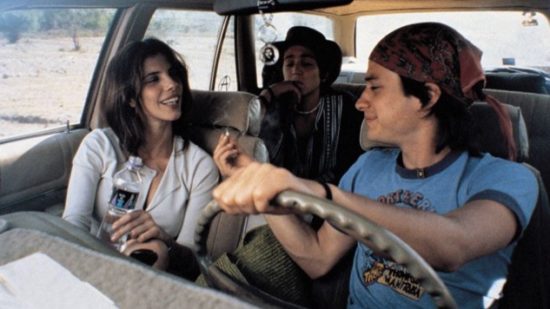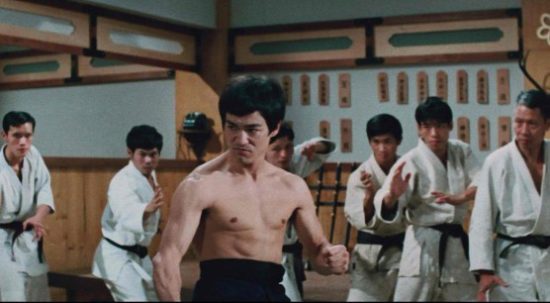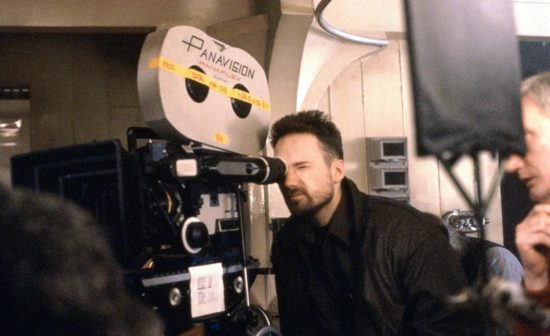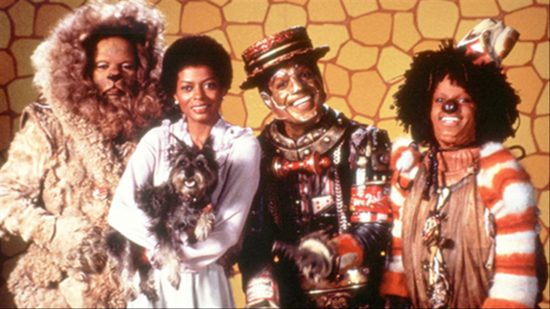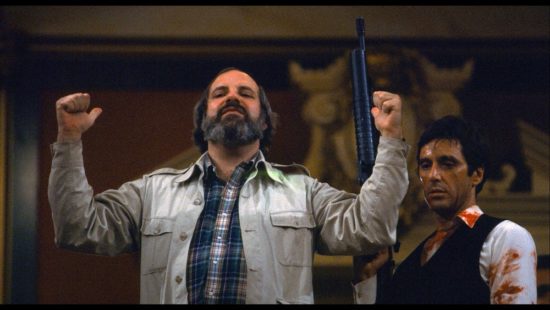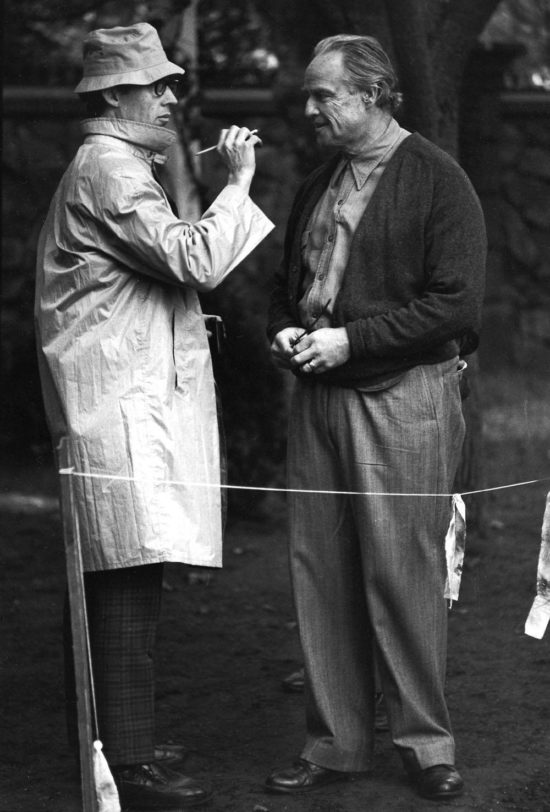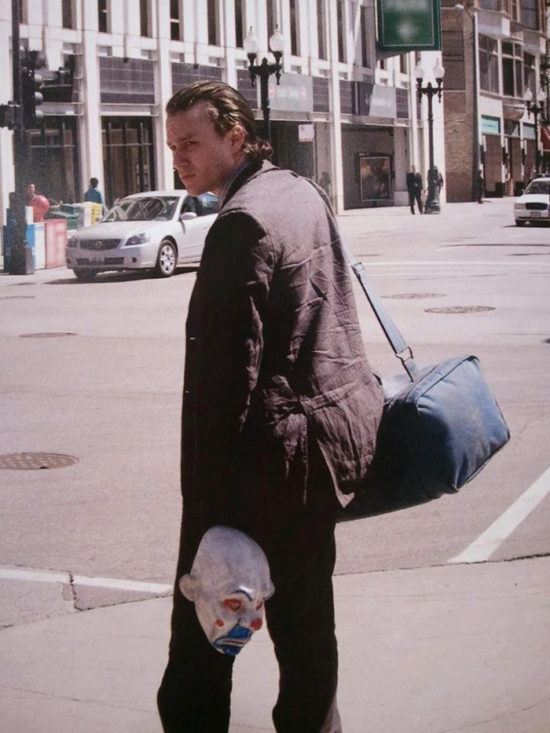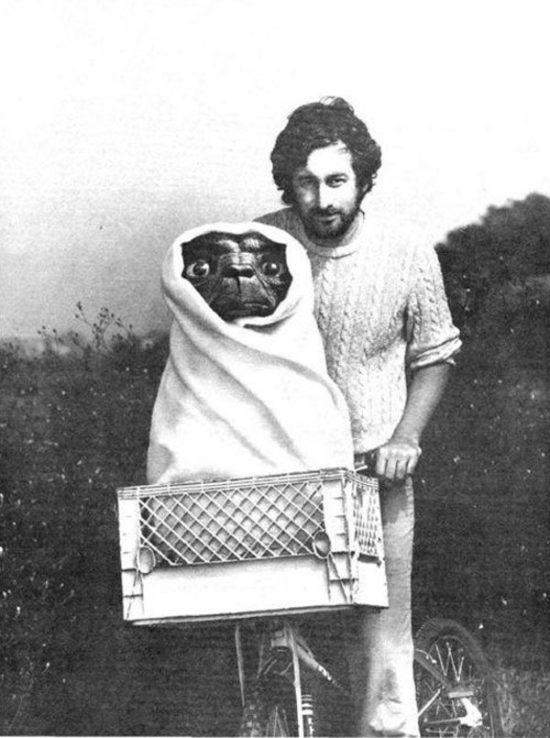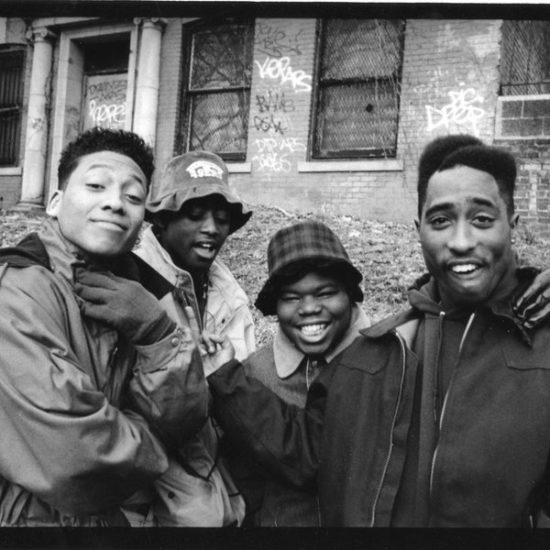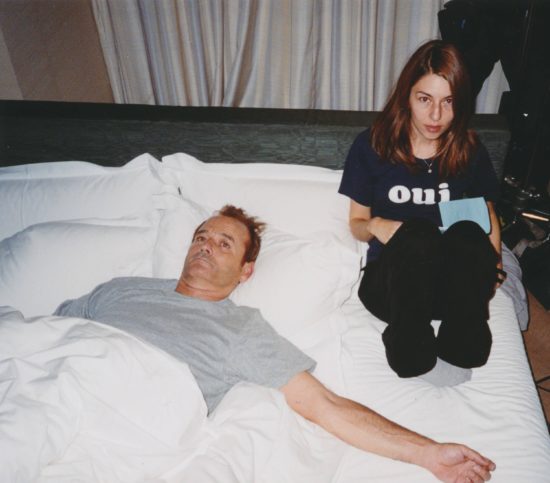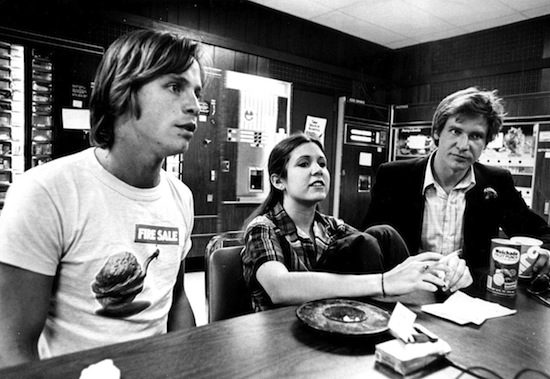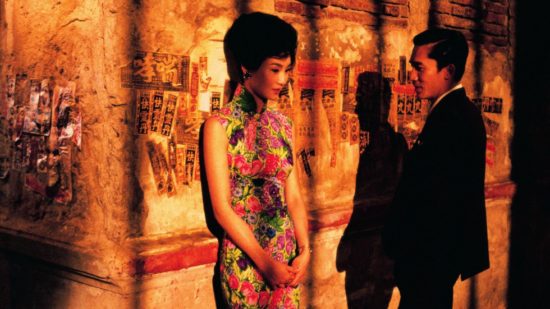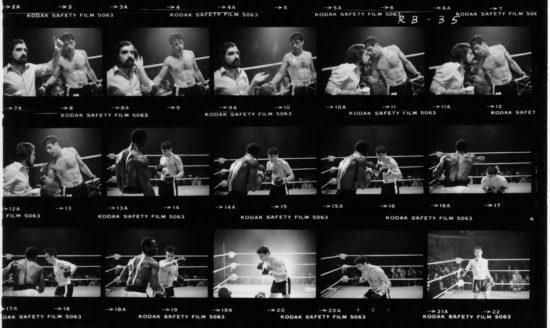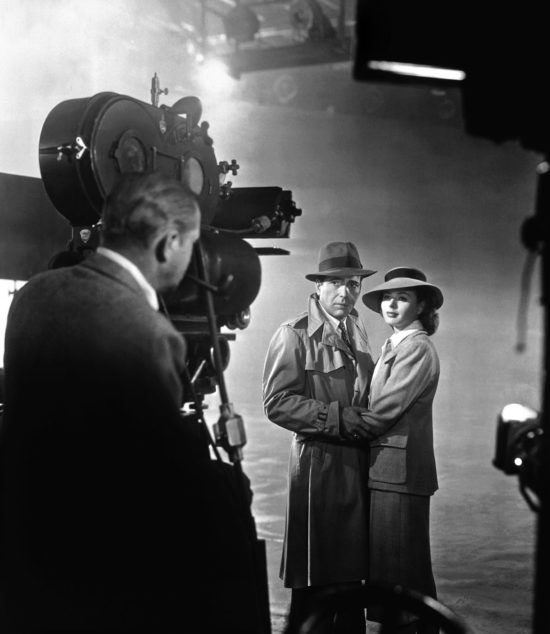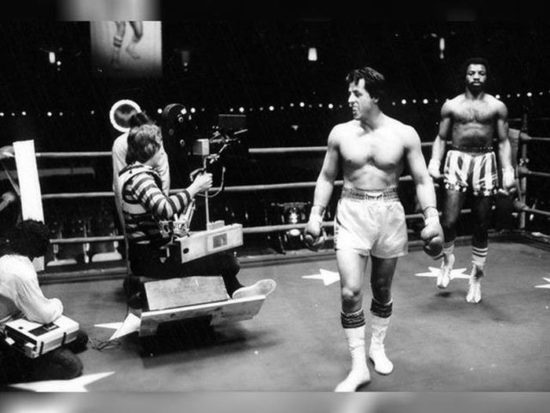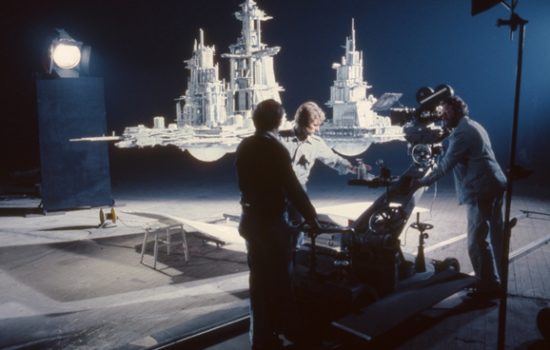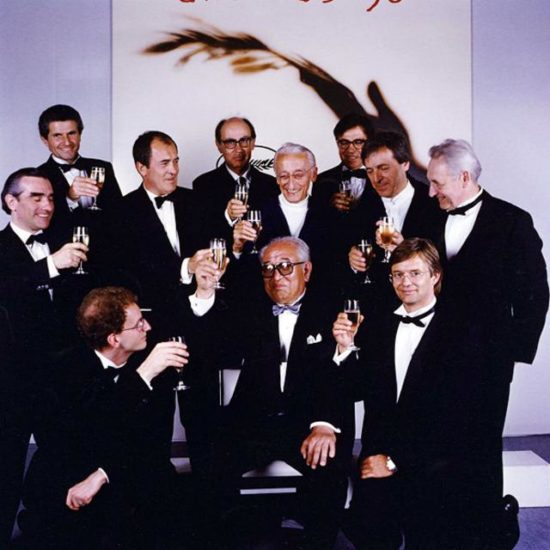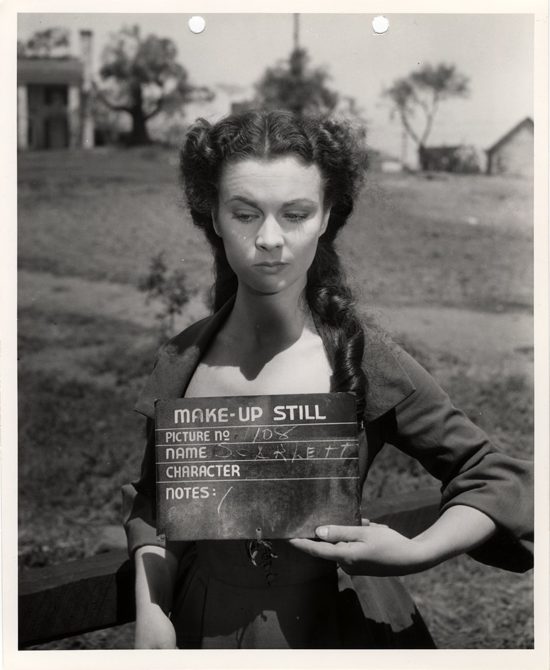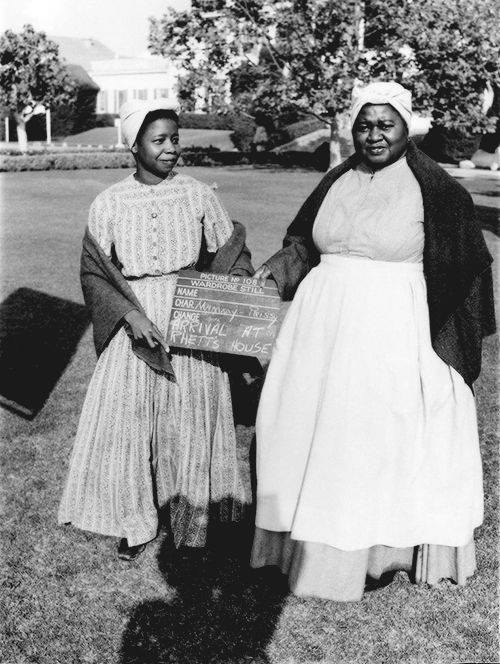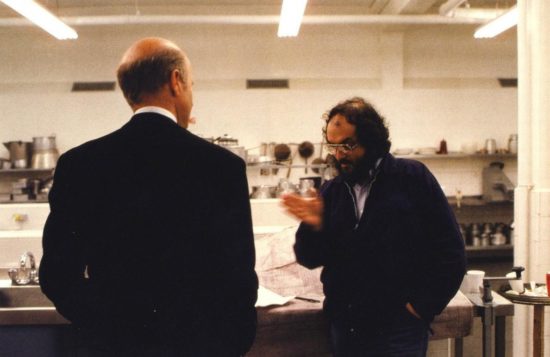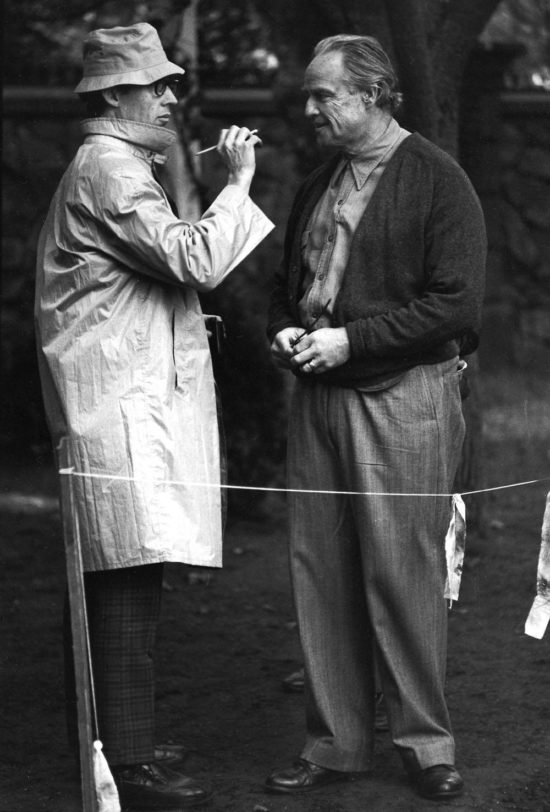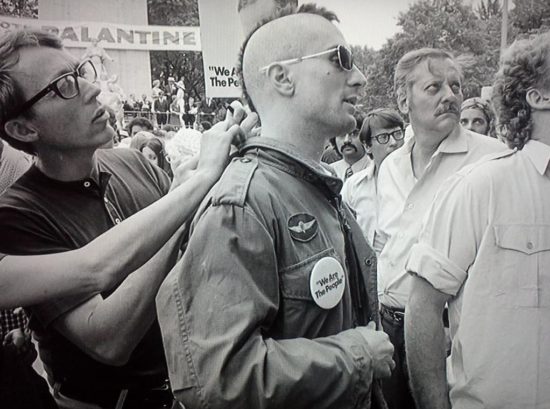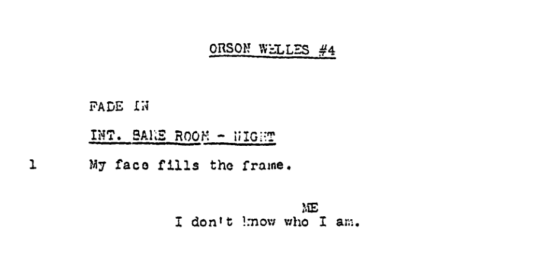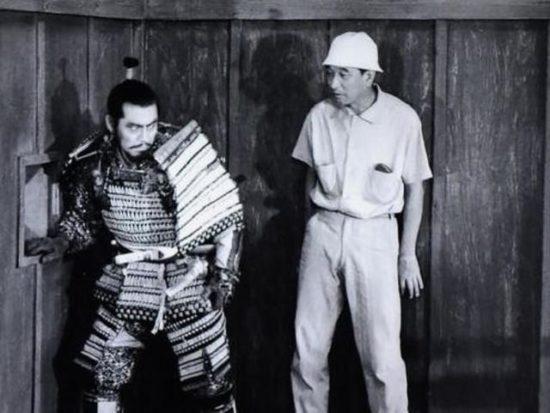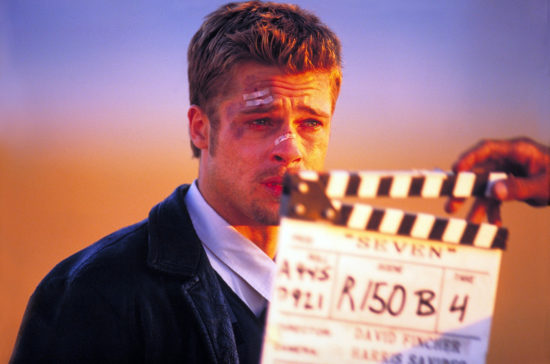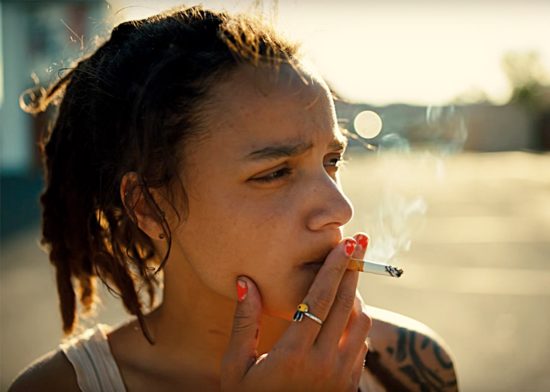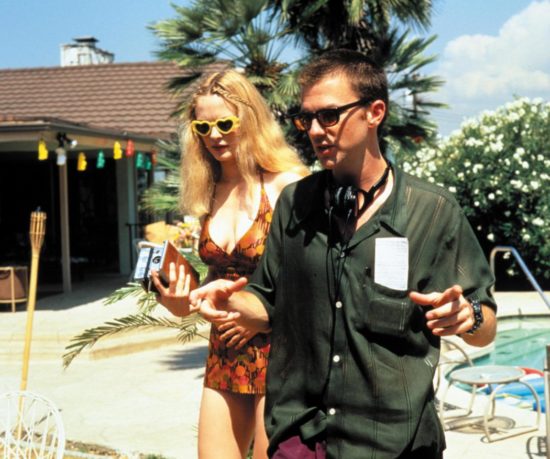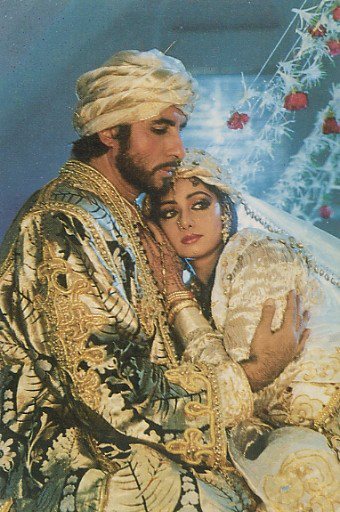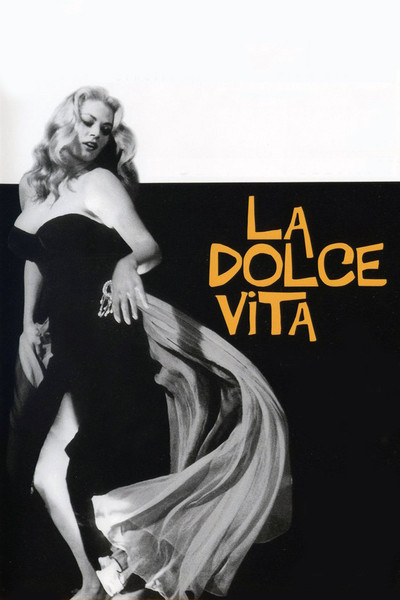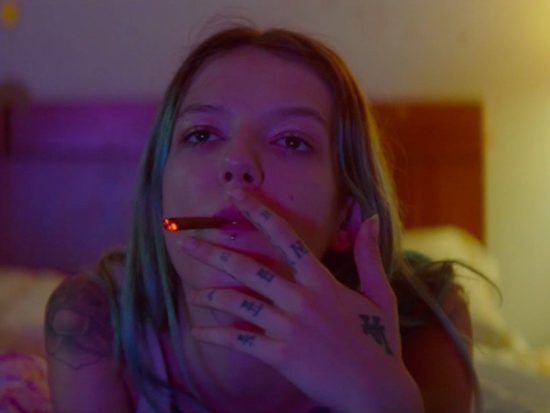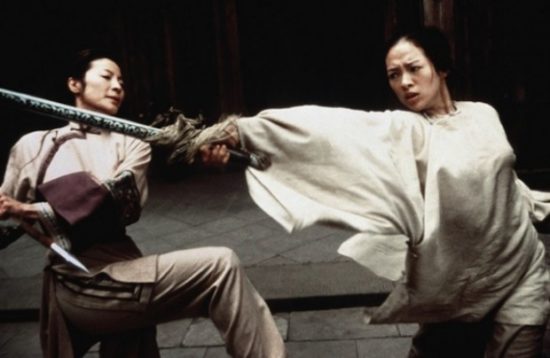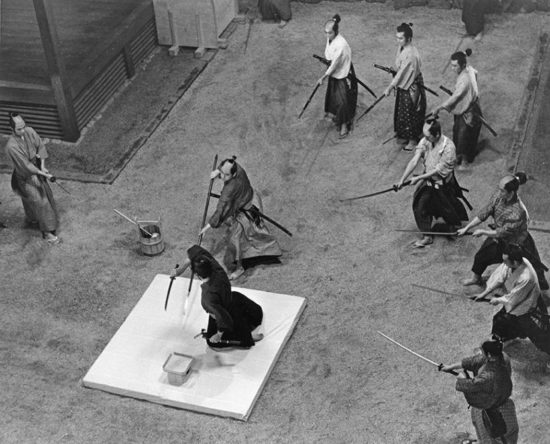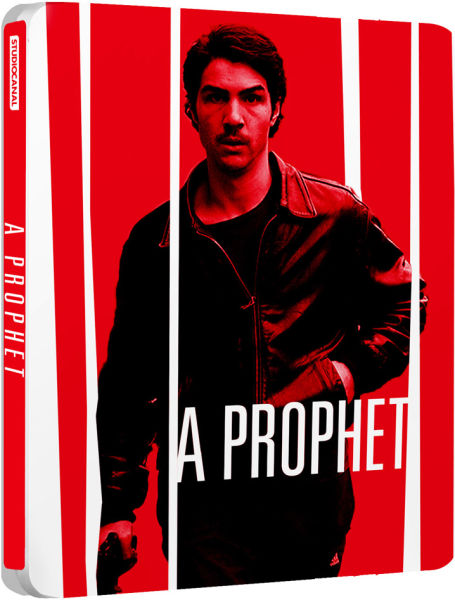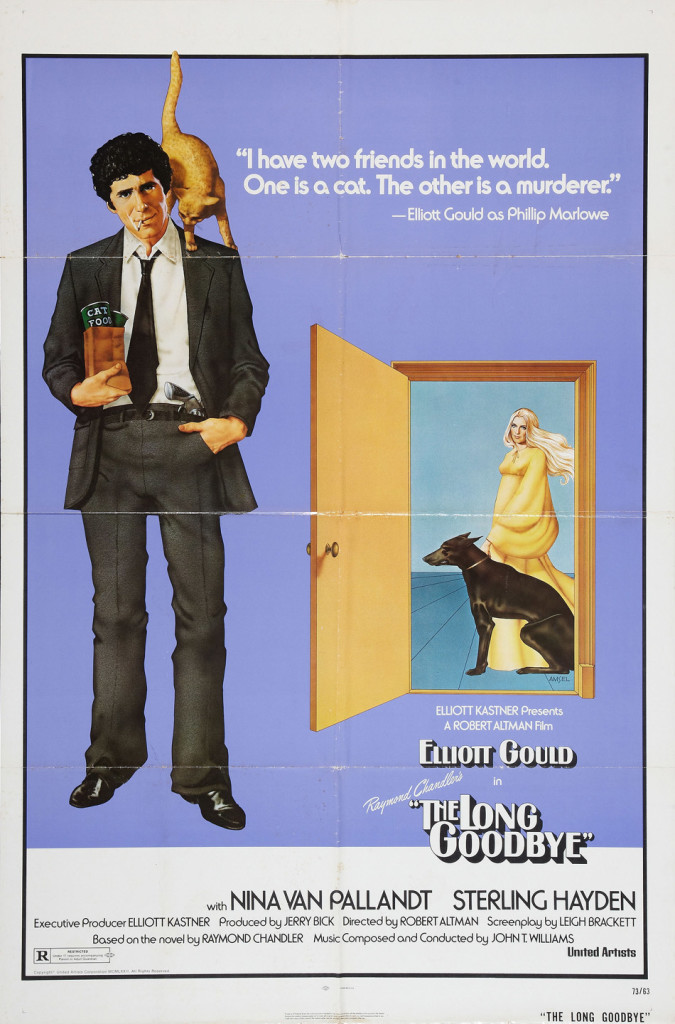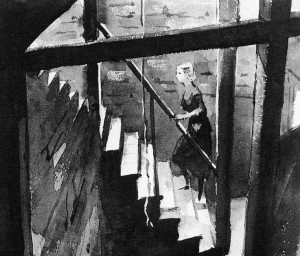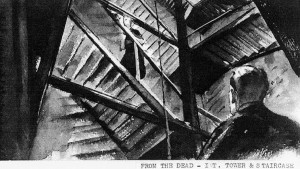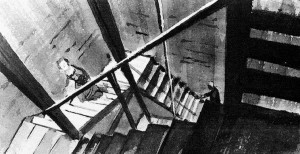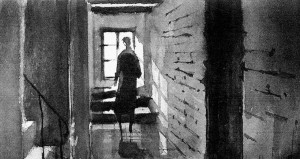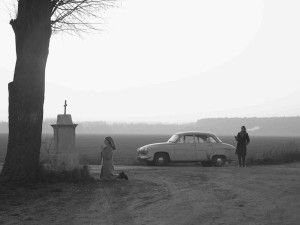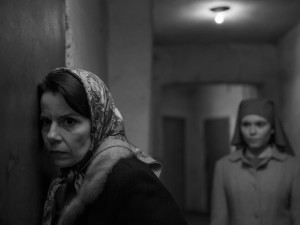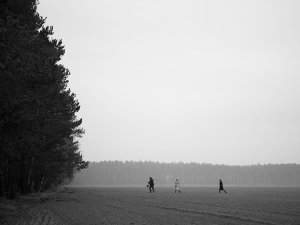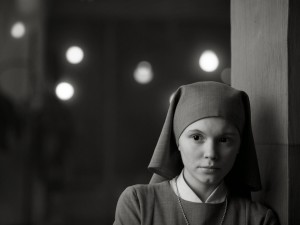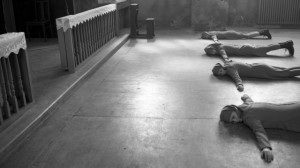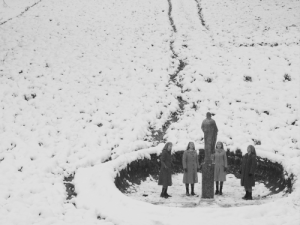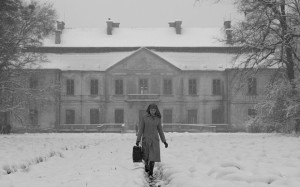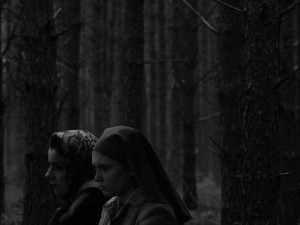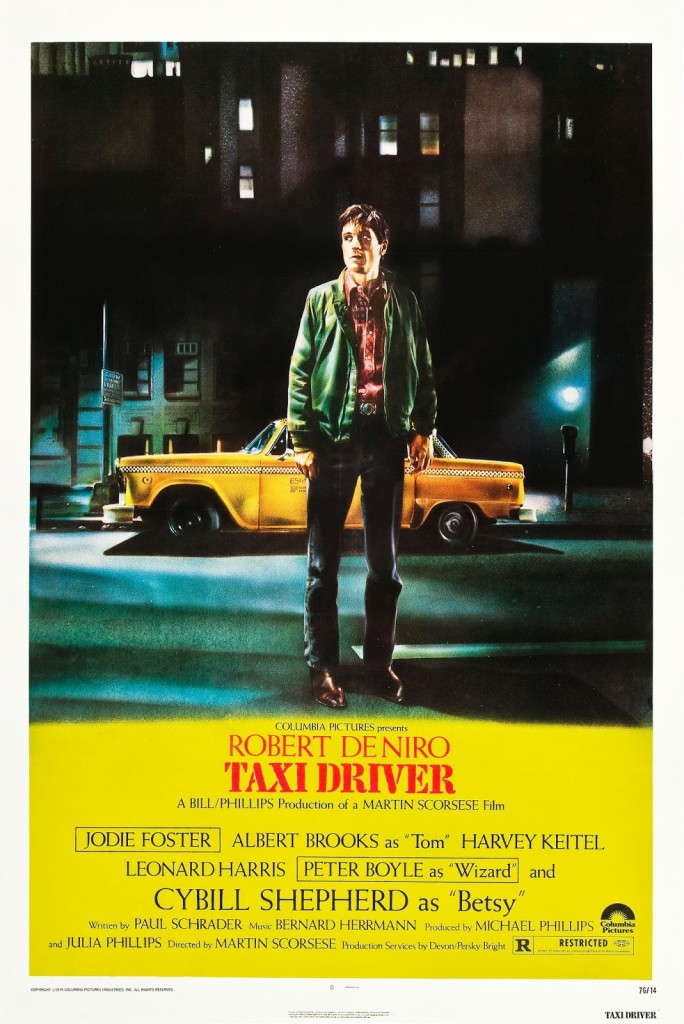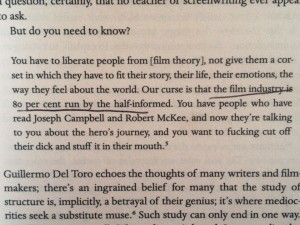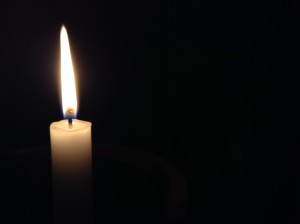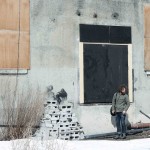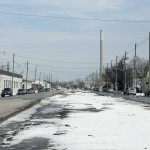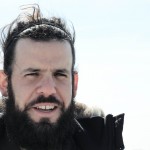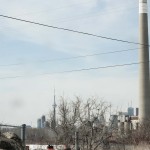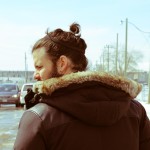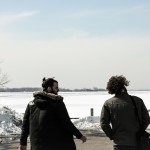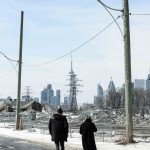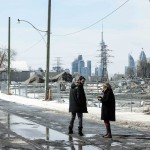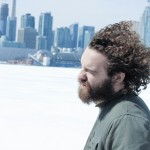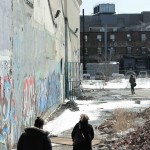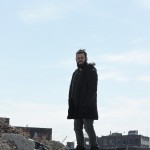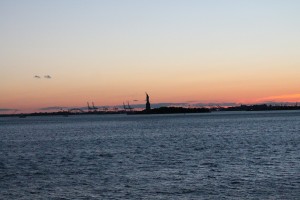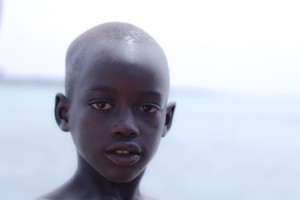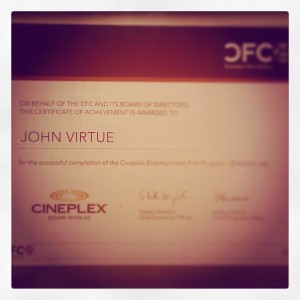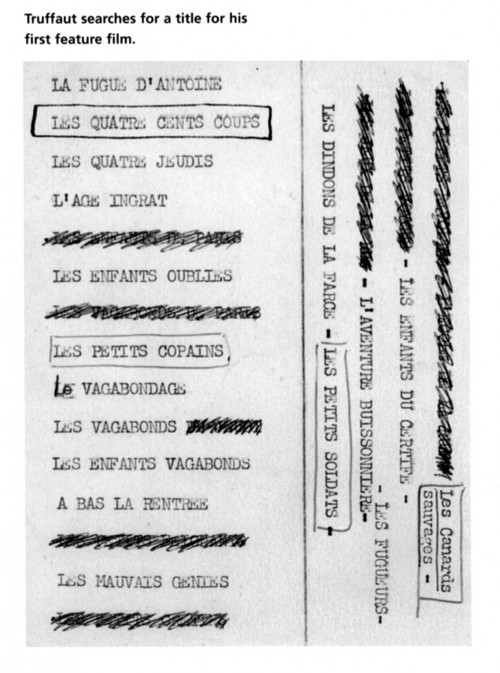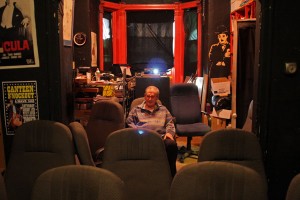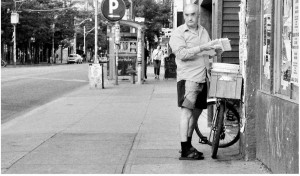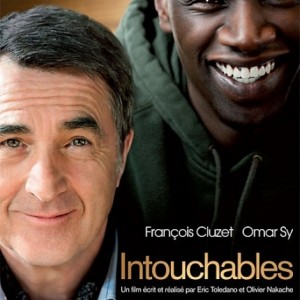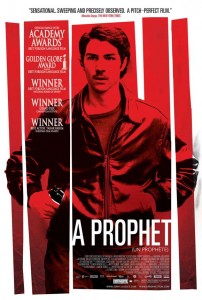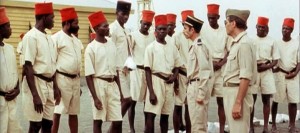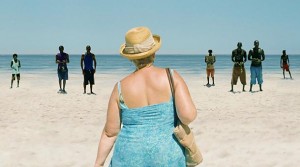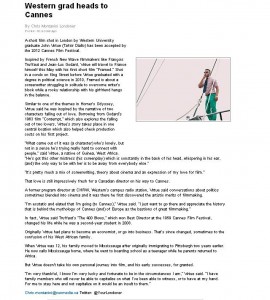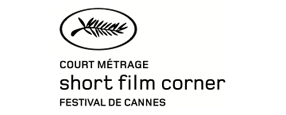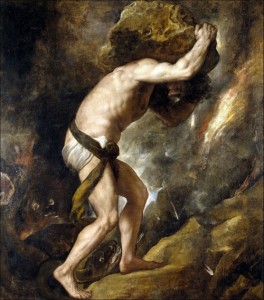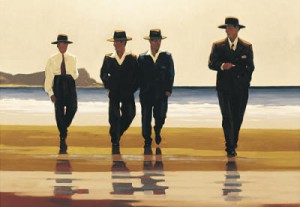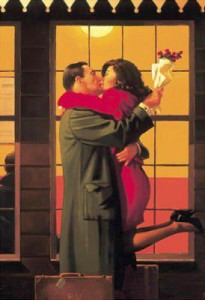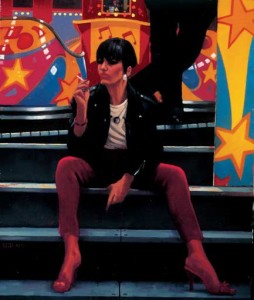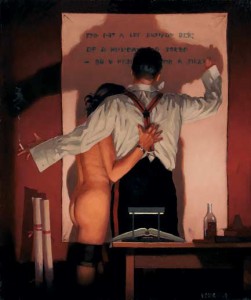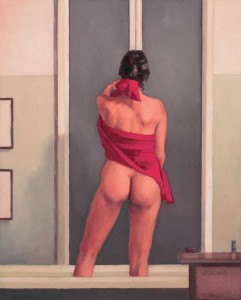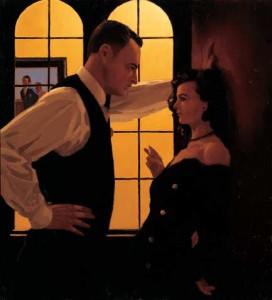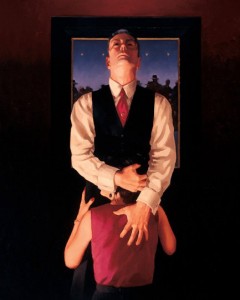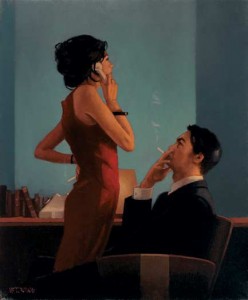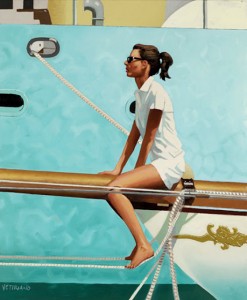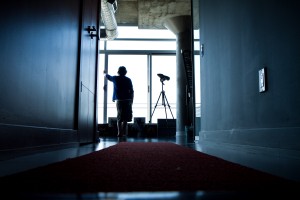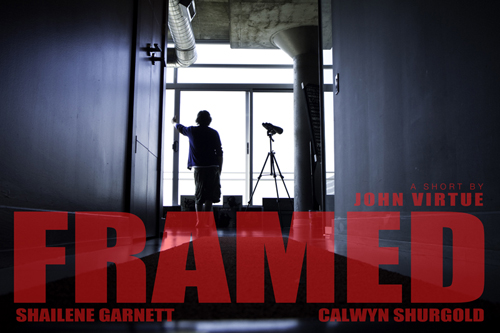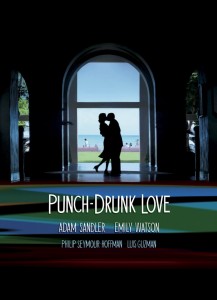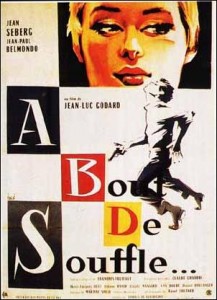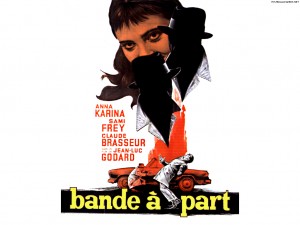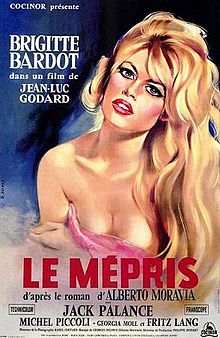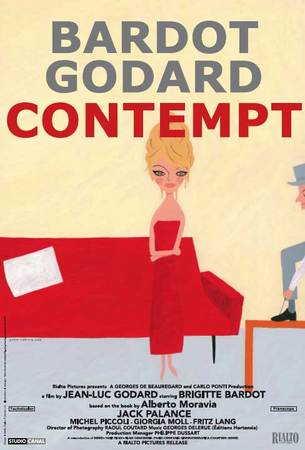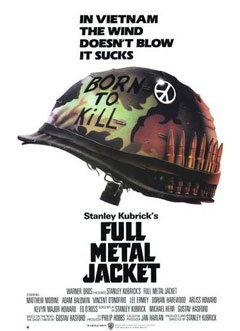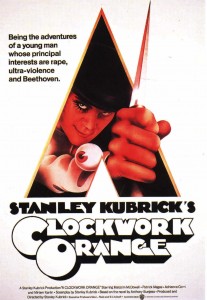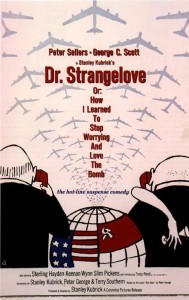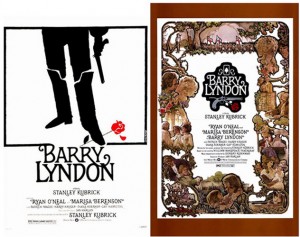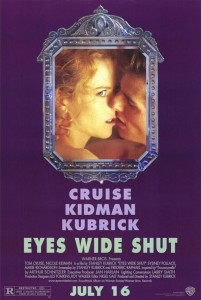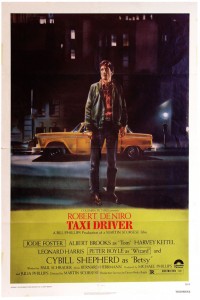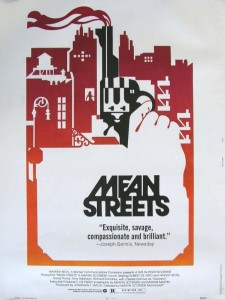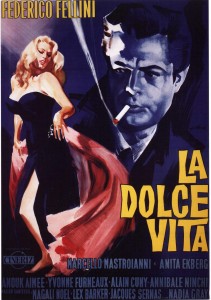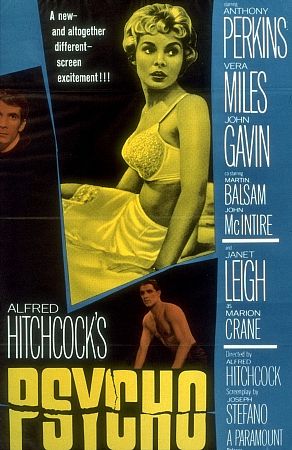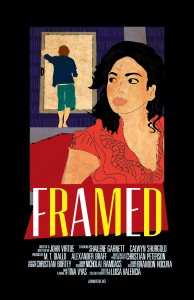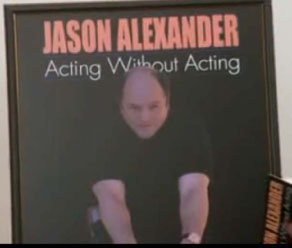Several months ago, Piers Handling, CEO of the Toronto International Film Festival (TIFF), lamented in an article to the Toronto Star on the lack of quality films in the wake of September 11th. In the article, he states,
And so to the post-9/11 world. Uncertainty rules. Confusion is the name of the game. Definition seems indeterminate. Polarization is increasing. Artists are searching for something, but the results have been found wanting. No new movement has appeared. Exciting trends are a distant mirage. Even the democratic possibilities offered by the digital revolution, a camera in everyone’s hands, has not produced a discernible difference.
September 11th was a tragic event. 2,700 individuals were murdered and millions were affected. The fact that the incident occurred in New York City, the media capital of the world, meant that the image of the collapsing towers would self-replicate via every possible avenue, tormenting surviving victims for the ensuing months/years.
It profoundly altered something in me. I had just started grade 9 at Mentor College and chose the incident as a topic for a speech. I’m sure it had more impact on Handling, since the 26th edition of TIFF was already underway in Toronto. Having said that, Mr. Handling overgeneralizes the impact Sept 11th should have had on cinema. The following is by no means an effort to trivialize the impact September 11th had on its victims and their families. Its aim is to assess the impact of September 11th in the context of cinema and its viability as a catalyst for a film movement.
While it was a notable global event, 9/11’s impact on cinema is marginal. This is why I find it difficult to understand Piers Handling’s reference to the terrorist attacks as a viable impetus for a new wave in cinema. What Handling does not state is that cinematic movements are determined by gradual and consistent changes in the social, political and economic landscape. Italian Neorealism, as coined by Umberto Barbaro, emerged out of the abject poverty witnessed under the reign of Mussolini . These changes were gradual with the second world war and the occupation by Germany in ’43. Vittorio De Sica’s Bicycle Thief , Fellini’s La Strada, Rosselini’s Paisa, Visconti’s Ossessione are quintessential examples of how socio-political factors created a new cinematic paradigm.
Handling doesn’t differentiate how a gradual process and a punctuated event can impact history. Punctuated events can be defined as single temporally specific catastrophic events. The assassinations of JFK and MLK, Hiroshima, Nagasaki, the deposition of heads of states with the aids of phallic projectiles, the fall of the Berlin Wall; all of these accounts are punctuated events that exhibit symptoms of larger systemic issues. While the fall of the Berlin Wall may not have spurred a film movement, the Cold War was arguably what galvanized the fatalism and cynicism that formed Film Noir. Thus, September 11th, like the fall of the Berlin Wall, must be considered a punctuated event and is incapable, on its own, of creating a film movement. A film? Yes. A movement? No.
In addition, he views the event through a North American perspective by calling our contemporary time as a post-9/11 world. While it may have had a long-lasting emotional and psychological effect west of the Atlantic, the event doesn’t define, let’s say, the African or Asian experience. Or is the post-911 world only comprised of North America? It’s a misleading misnomer, somewhat akin to the egregious “post-racial” term that fails to acknowledge other societal forces that shape the zeitgeist.
Contextually, and globally, September 11th is a peripheral narrative. Granted, the event was asymptomatic of nefarious elements brewing within world politics. However, as per the 9/11 commission, it did not create a new paradigm in international relations. It simply reinforced a vicious cycle of a realist philosophy that had prevailed for centuries. What I feel Handling is attempting to ascertain is something broader, something the neorealist theorist Kenneth Waltz would consider a systemic issue. He would add that it was systemic issue that was symptomatic of the perpetual state of a world in conflict.
September 11th could also be described as what Samuel Huntington called a clash of civilizations. With reference to cinema, films about clashes of civilizations can create masterpieces; such as the post-WWII African film movement led by Ousmane Sembene (La Noire De) which was reactionary to the European colonization of Africa. However, it must be noted that the slope can be slippery. These films, notably war-related, can be propagandist in the vein of Joseph Goebbels and are infused with nationalism, melodrama, bias, and contempt for “the other.” Rosselini’s Roma, Citta Aperta is also a good example.
The circumstances that produce the best films are caused by conflicts within civilizations, states, and nations. While the aforementioned pejoratives can arise in intra-civilization films, the level is attenuated. The French New Wave was a response to the formalism of previous french filmmakers. Francois Truffaut called it a “Tradition of Quality,” in his 1954 Cahiers Du Cinema article “A Certain Tendency of French Cinema.” Italian Neorealism was a reaction to “white telephone” films that attempted to reassert the conservative image of Italy as one of grandeur and magnificence under the leadership of Mussolini. The rise of the Polish Film School was a result of the increased liberalization of a country trapped on the wrong side of the Iron Curtain. As for Handling’s statement regarding his hopes for the Arab Spring as a precursor to a radical film movement in the middle-east, I believe that these filmmakers must first attack the established mores of their respective societies.
There are parts of this article that I do agree with, such as the following statement:
Independent cinema may be at a crucial turning point. It is too soon to tell.
With the increased democratization of filmmaking opportunities and cheaper production costs, a new epoch of independent filmmaking has arrived. Somewhat reminiscent of how the low budget films of John Cassavetes influenced the French New Wave in the 50’s, which subsequently influenced the revival of American cinema in the 70’s, young filmmakers are increasingly liberated from the confines of budget, time, and most importantly, talent. With liberalization, and the decrease of barriers to entry, the level of talent is impressively low. However, it’s only a matter of time until the language of digital filmmaking is consolidated and young filmmakers can effectively and persuasively create their masterpieces.
A more engaging article by TIFF’s CEO would have focused on the lack of film movements emerging in response to the increased democratization of cinema. This democratization of film is the gradual process that could essentially create the new film movement Mr. Handling is looking for. I’m actually quite surprised that Nollywood, a Nigerian film movement which has emerged predominantly due to the digital revolution, isn’t up to his standard. Rather than dismissing digital democratization of filmmaking as a missed opportunity, Handling should understand that it’s a gradual process, not a punctuated event. Time must be given for the young paparazzo to acquire the skills to become comparable, if not better, than Fellini.
